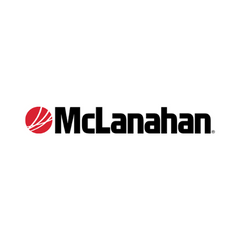Just before World Dairy Expo, I had the pleasure of attending the Energy Production from Anaerobic Digestion of Dairy Manure short course in Madison, Wisconsin.
Organized by Iowa State University, the course was designed to provide the latest information and resources on anaerobic digestion to consultants, decision makers, system reviewers, information providers and producers.
Using anaerobic digestion to generate electricity and natural gas is not a new concept. In fact, it is a widely accepted practice worldwide.
Dr. Robert Burns from Iowa State University shared that more than 40 million rural, domestic manure-based digesters are used worldwide and 20,000 medium to large animal feeding operations across the globe are also using digesters.
China ranks highest with 37 million digesters in operation and more than 10,000 of them on farms. European countries are starting to embrace the trend and Germany now has 5,000 farms with operating digesters.
With a market potential of 4,300 swine operations and 2,600 dairies, why is it the U.S. only has 135 working digesters? The answer is pretty clear – money.
The other countries are not only willing to front money needed to build digesters but they are also offering a high return on investment; paying upwards of three to 11 times more per kilowatt hour than utilities in the U.S.
Why are digesters so undervalued in this country? A representative from Alliant Energy, a Midwest utility company, said it best when he stated manure digesters are like a pimple on the backside of a rhinoceros.
The electrical grid in the U.S. is so complex that widespread changes need to be made to accommodate the tiny load a livestock farm could add to the system. Therefore, it’s easier for utility companies to invest in large-scale wind and solar operations under their own control.
As agriculture continues its push towards digesters and energy companies push away, the future implementation of the technology may be at a crossroads.
That is why, at the close of October, a group of individuals from the agriculture and energy industries gathered in New York State as part of the Dairy Power Project.
Coordinated by the Innovation Center for U.S. Dairy, this pilot project is charged with conducting a market assessment to identify and prioritize regions with the greatest opportunity for methane digester adoption.
Adoption that doesn’t just place a digester on a farm, but also makes it a part of our country’s renewable energy solution. Curt Gooch of Cornell University shared one such example at the short course.
He is working on a potential project in New York where 20 farms in a 45-mile stretch would produce biogas from their digesters. Each would be attached to a pipeline leading to Auburn, where the gas would be cleaned and produced for sale.
As members of the industries continue to come together to address the challenges of today it will allow for a more powerful tomorrow. ANM
Karen Lee
Editor for Ag Nutrient Management
karen@progressivedairy.com



